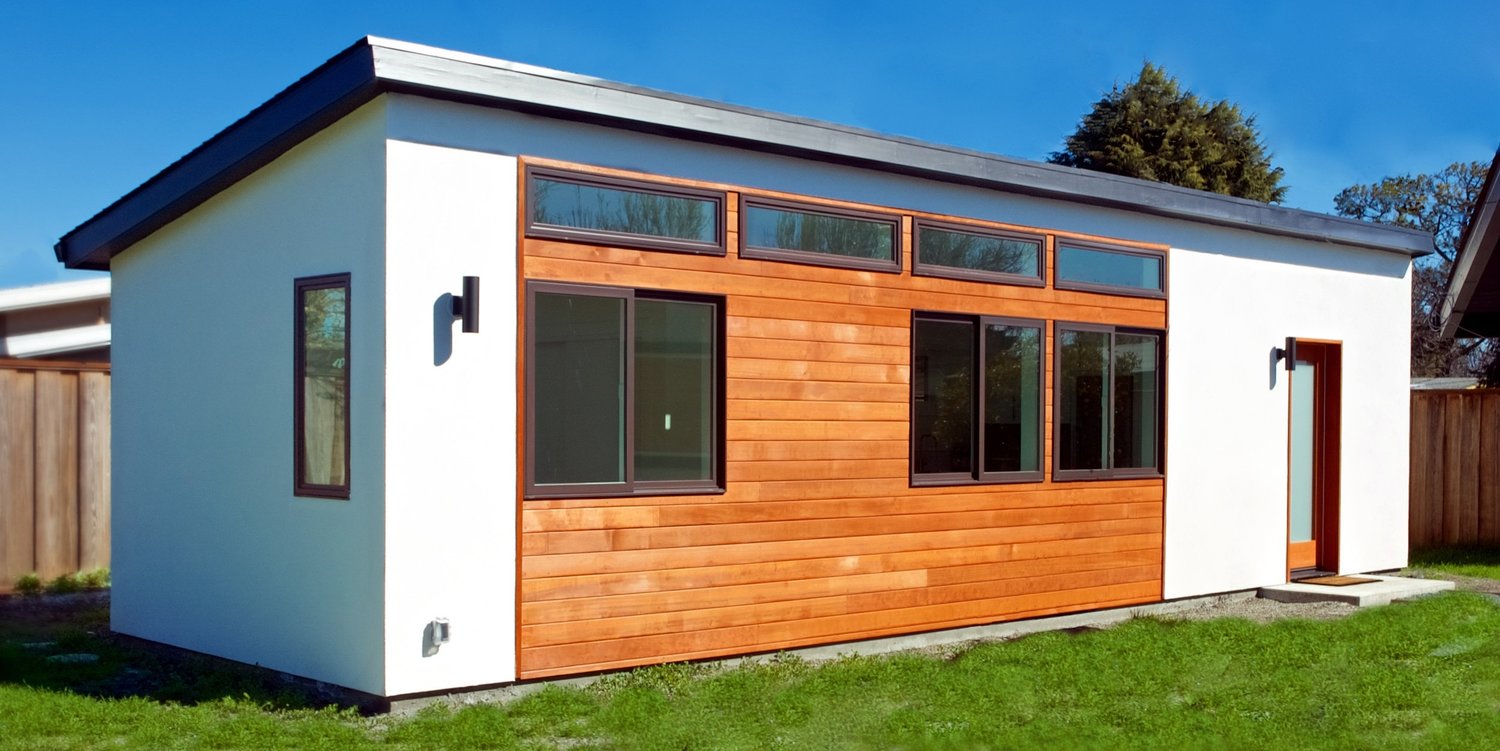Los Angeles’ Mayor Eric Garcetti has even claimed that prefab accessory dwelling units are a “way homeowners can take a major role in the growth of our city’s housing stock and earn a little extra money while doing they do it.”However, one of the biggest hurdles faced by people who plan the addition to their homes involves financing construction costs, specifically considering that the cost of an ADU could range between $100,000 and $300,000.
Table of Contents
Understanding Your ADU Financing Options
The most common options offered to you when financing an ADU are usually based on how much equity you can access in your home, your family’s income, savings, and the creditworthiness of your home.
Alternatives are available. However, they will allow you to borrow on the potential value of the home you live in.
One of the issues often encountered is the construction expense and other fees that go along with it because a modular accessory dwelling unit is more than just a home improvement project.
So let’s take a look at home financing options that are available to homeowners:
Home Equity Loan
Mortgages for equity in your home (also called second mortgages) permit you to take out a fixed amount that is secured by the equity you own in your home and pay it back on an agreed-upon schedule.
It is crucial to be aware that the interest rate on equity loans will be greater than that of your initial mortgage and will result in closing charges and additional fees to pay for appraisals and costs for lenders, as well as credit reports.
HELOC
The HELOC (Home Equity Line of Credit) can also allow you to take out loans against your home’s equity and provide an adjustable line of credit (up to a specific limit). In this scenario, the interest will only be due (typically for some time of 10 years) on the money you’ve drawn. The interest rate you pay for a HELOC is higher than the first mortgage and will likely be an adjustable rate. Most lenders will loan up to 80 % and 90% of the home’s worth (minus the first mortgage ).
If you’ve recently bought your house and haven’t built up any equity, one of these choices will hinder you from obtaining the funds required to construct an ADU and create an imbalance between your borrowing capacity and the expense of developing.
Cash-Out Refinance
Refinancing with cash out will require you to refinance the first mortgage and let go of some equity you have built up within your home to finance the building of the prefab accessory dwelling units.
While this choice will combine the financing required to construct and that first mortgage you take out into one loan, it will also require that you have equity within your home. There are also closing fees and more expensive rates than other financing options. You’re throwing away money except if you’re drastically lowering the rate.
When someone who purchased their house when interest rates were more excellent (say around 2000) could find that this is a wise decision. However, homeowners shouldn’t use cash-out refinancing for improvements (including adding ADUs).
A Construction Loan: prefab accessory dwelling units
Many people are incorrectly guided towards the construction loan for all types of home improvement projects, such as the construction of an ADU because they enable you to borrow on the potential value of the home you live in. And even though, in the past could have been the best alternative for financing an ADU, that’s not the case today. We’ve written numerous articles on why you shouldn’t take a construction loan to fund your home renovation.
While construction loans can assist homeowners with little equity in their property to obtain the funds needed to construct an ADU. However, they’ll need to refinance, which could mean losing a fixed rate at a desirable rate (if the rate was locked during the time they were at their lowest. Construction loans may also incur more expensive closing costs, based on your mortgage and budget valuation, and will add an entire load of extra tasks for you and contractors. The reason is that the construction loan was initially designed to finance building a brand new home from scratch, and lenders set strict standards to provide a way to protect themselves.
High-Interest Rates, Unsecured Personal Loans, or Credit Card
Personal loans and credit cards are not the best choices for financing an ADU. They are insecure and come with high-interest rates. But homeowners typically utilize this method of financing to finance renovations because they believe there is no other option to bridge any gap in their borrowing ability and the equity they can release.
You must have a high credit score and substantial income for your household to get an unsecured credit or personal loan. However, regardless of our opinion, this kind of high-interest rate borrowing is among the most stupid things homeowners can do when paying for home renovations and extensions in their property.
What are the benefits of owning an ADU?
ADUs are unique housing units that combine a detached home’s space and features with an apartment’s convenience and affordability. They can provide homeowners with additional living space while reducing energy bills and providing amenities such as a private backyard.
There are many benefits to owning an ADU, including the following:
1) Increased Living Space: Although ADUs are not traditionally thought of as a “living room,” they can often provide homeowners with more living space than what is available in a traditional detached home. This increased space can come in handy for larger families or those who want to downsize but maintain their privacy.
2) Reduced Energy Bills: One of the main benefits of owning an ADU is that it can reduce your energy bills. Because ADUs typically have smaller footprints than traditional detached homes, so they use less heating and cooling energy. Additionally, because they’re often near renewable energy sources, ADUs can help reduce your environmental footprint.
3) Convenience and affordability: One of the biggest benefits of ADUs is their convenience and affordability. Unlike traditional detached homes, which tend to be expensive to purchase or rent, ADUs are typically much cheaper – making them a great option for those who want to live near other residents but don’t want to pay high rents or buy a large house.
Last Words on prefab accessory dwelling units
Finding the best solution to financing An ADU is a significant burden from your back. In reality, having the money needed to start construction will allow you to have conversations about builders and architects who can realize your ideas. It is always a good idea to imagine the big picture, be inspired, and get involved in projects others have contributed to with the rest of the world to view.
Call 951-679-9907 or info@usmodularinc.com Learn more by visiting website











